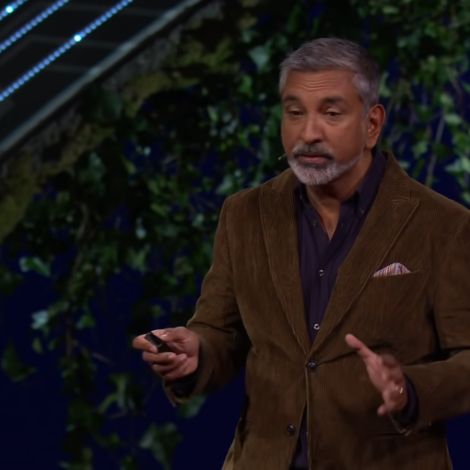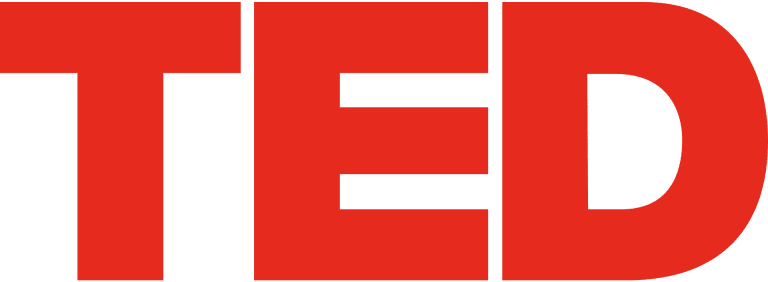Sometimes after a doom scroll through headlines of a heating planet, backsliding on the Sustainable Development Goals, war, famine, floods, overpopulation and steadily worsening global poverty, it helps to take a breath and bask in someone’s vision for a better world. Experts present their research and ideas during E4C’s Webinars. But between webinar sessions, TED Talks are where we go for visionary inspiration. These are a selection of big ideas for how to make a better world, from engineers, architects and other technically trained professionals who present TED Talks.
E4C Webinar Series | Case Studies on Social Startups: Discover lessons learned in creating a technology-for-good organization, building it from the ground up
How We Could Make Carbon-Negative Concrete
Entrepreneur Tom Schuler presents an approach to producing concrete that could transform it into a carbon sink, capturing CO2 from the atmosphere while yielding a sustainable building material.
A Vision of Sustainable Housing for All of Humanity
By 2100, the world’s population may grow to 11 billion people. Architect Vishaan Chakrabarti asks, “How do we house all of these people, how do we build urban carbon-negative housing in a means that’s technologically attainable and broadly affordable — and do that today? Because I’m tired of talking about 2050.”
The answer? Townhomes.
“They’re banal, they’re not sustainable, they’re not walkable, they’re certainly not beautiful. But could they provide a hint of a framework for a human-scale way of solving this problem that is great for both the climate and our societies,” Mr. Chakrabarti says.
A Robot that Eats Pollution
Algal blooms, oil spills and other water pollutants could soon be eaten by robots. Biodegradable robots that mimic animal life and power themselves with microbial fuel cells in their bellies may be on the horizon, says the roboticist Jonathan Rossiter.
“It’s going to totally change the way in which we think about robots, but also it allows you to be really creative in the way in which you think about what you can do with these robots,” Dr. Rossiter says.
Can We Create the “Perfect” Farm?
Today, approximately 40 percent of our planet is farmland. Spread all over the world, these agricultural lands are the pieces to a global puzzle we are all facing: in the future, how can we feed every member of a growing population a healthy diet? Meeting this goal will require nothing short of a second agricultural revolution.
Four Ways to Make a City More Walkable
Cars should be a choice, not a prosthetic device that we need for travel, says city planner Jeff Speck. How to make cities easier to walk and bike?
“Bicycles and bicycling are the current revolution underway in only some American cities. But where you build it, they come. As a planner, I hate to say that, but the one thing I can say is that bicycle population is a function of bicycle infrastructure,” Mr. Speck says.
How Data-Driven Farming Could Transform Agriculture
The world’s population is growing, but the amount of land available to farm remains the same. How do we put food in all these new mouths? Ranveer Chandra investigates applications for the Internet of Things at Microsoft Research, and he explains how data could be the answer to the farming problem.
Africa’s Path to Clean Mobility — Driven by Motorcycles
TED Fellow and entrepreneur Adetayo Bamiduro offers his vision for a cleaner future with electric motorcycle service.
Why We Need to Imagine Different Futures
“I visit the future for a living,” says TED Fellow Anab Jain. “Not just one future, but many possible futures, bringing back evidences from those futures for you to experience today. Like an archaeologist of the future. Over the years, my many journeys have brought back things like a new species of synthetically engineered bees; a book named, “Pets as Protein;” a machine that makes you rich by trading your genetic data; a lamp powered by sugar; a computer for growing food.”
The carbonless fuel that could change how we ship goods
Possible Futures from the Intersection of Nature, Tech and Society
Biodesigner Natsai Audrey Chieza heads Faber Futures where she and her team prototype the future.
“Design deeply permeates all of our lives, and yet we tend to recognize things and not the complex systems that actually produce them,” Dr. Chieza says. “My team and I explore these systems, connecting fields like culture and technology, ecology and economics. We identify problems, and where value and values can be created. We like to think about a design brief as an instruction manual, mapping the context of the problem, and where we might find solutions.”

